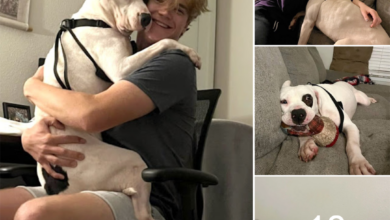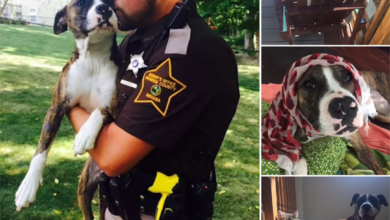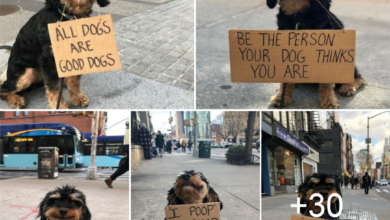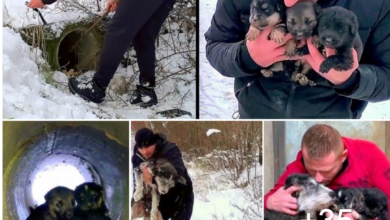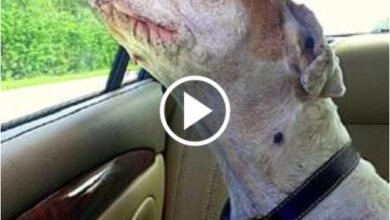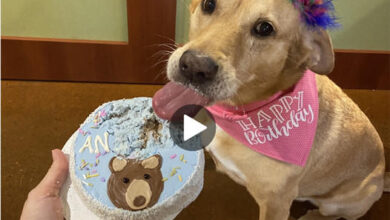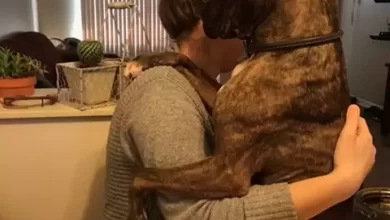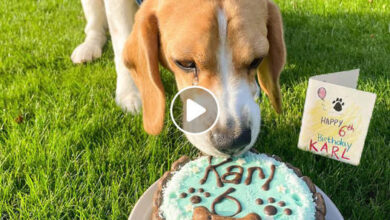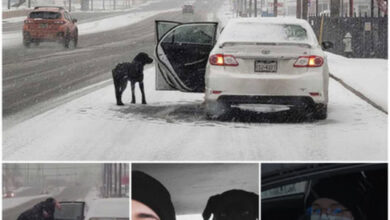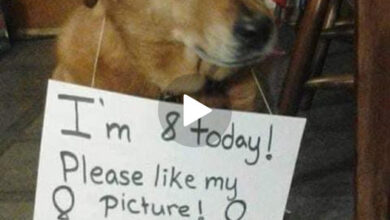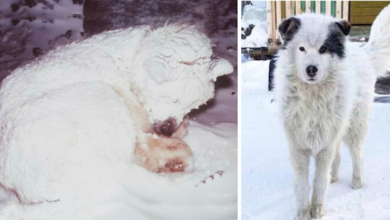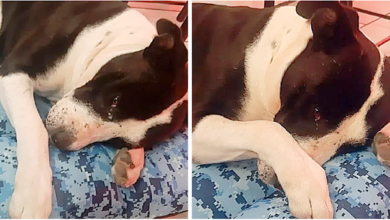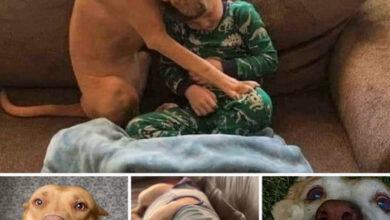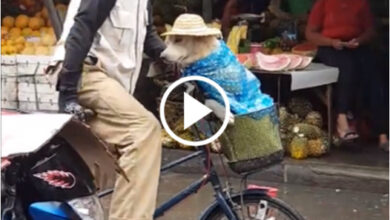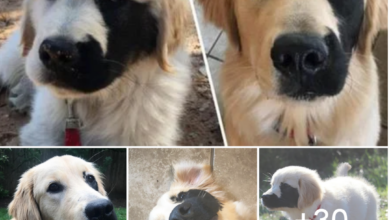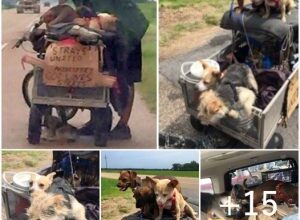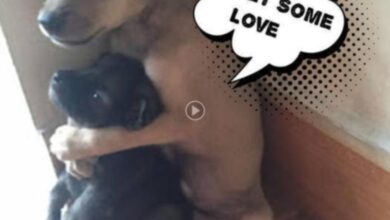Reverse Sneezing In Dogs: What Causes It And How To Treat
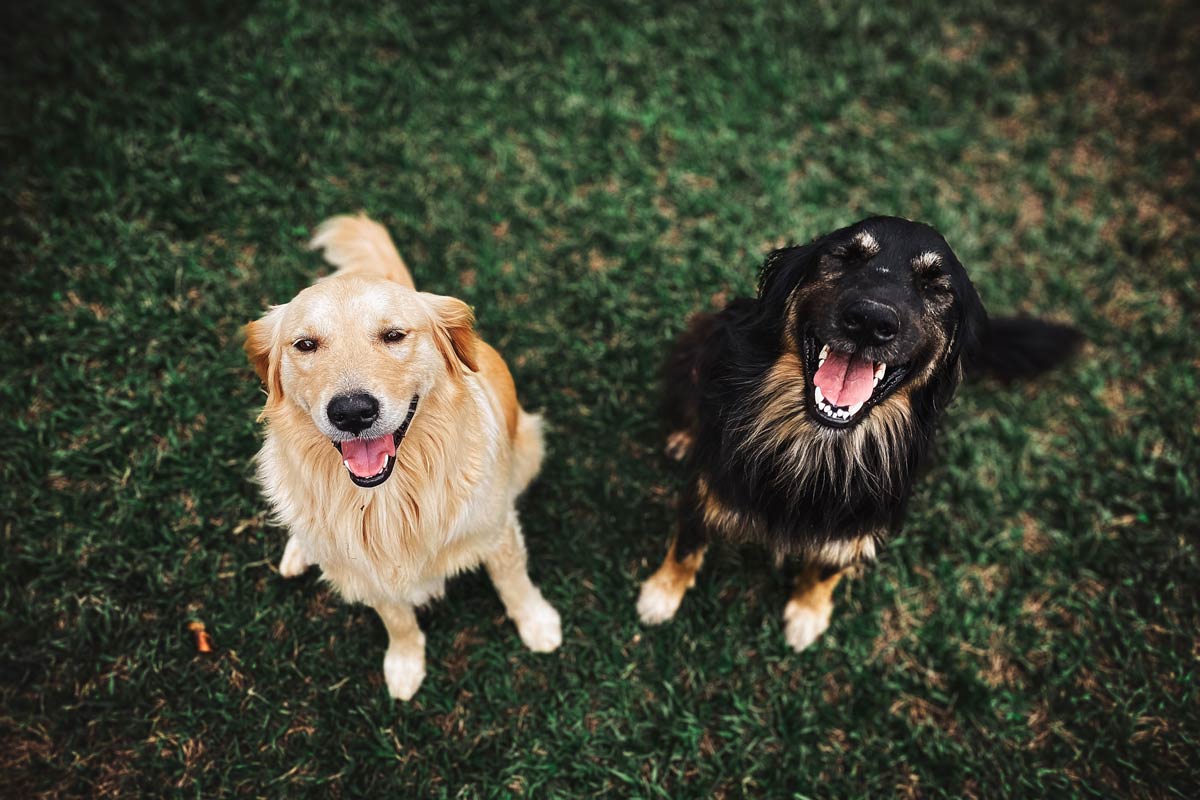
If you’re a dog owner, then you’ve probably seen your furry friend suddenly start making strange noises that sound like they’re gasping for air. This is known as reverse sneezing, and it can be a cause for concern.
Reverse sneezing in dogs is a common occurrence that can happen at any time, but it’s important to know the causes and what to do when it happens.
Reverse sneezing occurs when your dog inhales rapidly through their nose, causing their soft palate to vibrate. This creates a snorting or honking sound that can seem alarming at first.
While not harmful in most cases, reverse sneezing can indicate an underlying health issue or respiratory problem. As a responsible dog owner, it’s important to understand the causes of reverse sneezing and how to alleviate it at home or seek veterinary care if necessary.
Understanding Reverse Sneezing in Dogs
So, you’re probably wondering what exactly reverse sneezing in dogs is and how it affects your furry friend. Well, reverse sneezing is a common respiratory issue that happens when a dog inhales rapidly to clear their nasal passages. It’s called ‘reverse’ because instead of exhaling air through the nose, they inhale quickly and forcefully.
Reverse sneezing can be triggered by several factors such as allergies, excitement, exercise, or irritation of the throat. Some dogs are more prone to it than others due to their breed or size. Although it may sound alarming and uncomfortable for your furry friend, reverse sneezing is rarely harmful and usually stops on its own within a few seconds up to one minute.
It’s important to distinguish reverse sneezing from other respiratory issues like coughing or choking. A dog experiencing reverse sneezing will stand still with their head extended forward while making snorting or honking sounds.
If you notice these symptoms in your pet and suspect they might be caused by something else than just reverse sneezing, make sure to contact your veterinarian for proper diagnosis and treatment options.
Now that you know what reverse sneezing in dogs is all about, it’s time to dive into its causes.
Causes of Reverse Sneezing
One of the most common reasons for reverse sneezing in dogs is nasal irritation. Allergic triggers, such as pollen and dust, can cause a dog’s nasal passages to become inflamed and irritated. Additionally, anatomical factors such as elongated soft palates or collapsed tracheas can also lead to reverse sneezing episodes.
If your dog experiences frequent reverse sneezing episodes, it may be worth investigating possible allergens in their environment or discussing potential surgical options with your veterinarian. In some cases, medication may also be prescribed to alleviate symptoms and prevent future episodes.
While reverse sneezing is typically not a cause for concern, if your dog experiences additional symptoms such as difficulty breathing or coughing, it’s important to seek veterinary care immediately. Your veterinarian can perform a thorough examination and determine the underlying cause of these symptoms and provide appropriate treatment.
When to Seek Veterinary Care
If your furry friend exhibits difficulty breathing or coughing, it’s crucial to consult a veterinarian as soon as possible. Even if reverse sneezing seems like a harmless condition, frequent episodes may indicate an underlying medical issue that needs immediate attention.
The signs and symptoms of reverse sneezing can vary from dog to dog, but some of the most common ones include snorting noises, gagging sounds, and labored breathing. When you take your dog to the vet for reverse sneezing, you may wonder about the cost of veterinary care. It’s understandable to be concerned about the financial aspect of seeking professional help for your pet, but keep in mind that early intervention can save you money in the long run.
Without proper treatment, reverse sneezing can lead to complications such as respiratory infections or chronic inflammation of the airways. To transition into the subsequent section about alleviating reverse sneezing at home, it’s important to note that while veterinary care is necessary for severe cases of reverse sneezing, mild episodes can often be managed with simple measures that you can do yourself.
By learning how to recognize when your dog is having a reverse sneeze and practicing relaxation techniques such as gentle massage or distracting them with toys or treats during an episode, you may be able to reduce the frequency and severity of these episodes without needing professional assistance.
Alleviating Reverse Sneezing at Home
To alleviate reverse sneezing at home, there are several techniques you can try. Calming techniques, such as speaking in a soft voice and providing a quiet environment, can help. Massaging and rubbing techniques on the throat area may also provide relief.
Finally, steam and humidity can help to open up the airways, making it easier for your dog to breathe.
Calming Techniques
Using calming techniques such as gentle massage or aromatherapy can help reduce the frequency of reverse sneezing in dogs, according to a study conducted by the American Kennel Club. Breathing exercises and herbal remedies may also be beneficial in alleviating stress and reducing the likelihood of reverse sneezing.
One effective technique is massaging and rubbing certain areas on your dog’s body. Gently rub their ears, neck, chest, and back to stimulate blood flow and relax tense muscles. Rubbing their belly or applying pressure to their paws can also have a calming effect.
By incorporating these simple techniques into your routine, you may be able to reduce the occurrence of reverse sneezing in your furry friend.
Massaging and Rubbing Techniques
Now that you’ve tried some calming techniques, let’s move onto massaging and rubbing techniques to help your dog with reverse sneezing. One way to do this is by applying pressure to certain points on their body. Pressure points are areas where the muscles and nerves converge, making them sensitive to touch. By stimulating these points, you can encourage relaxation in your dog.
One popular pressure point for dogs is located between the shoulder blades. Gently rub this area using circular motions or apply light pressure with your fingertips for a few minutes. You can also massage their ears or paws as they contain reflexology points that can help relax the whole body. Additionally, try using long strokes down their spine from neck to tail to promote relaxation.
These massaging and rubbing techniques can be used in combination with other relaxation techniques such as deep breathing exercises to further calm your dog during a reverse sneezing episode.
Moving forward, another effective way of managing reverse sneezing in dogs is through steam and humidity therapy.
Steam and Humidity
You can help your pup find relief from their discomfort by using steam therapy. This method is effective for alleviating nasal congestion that may be causing the reverse sneezing.
You can create a steam room by running hot water in your bathroom and closing all the doors and windows to retain the moisture. Alternatively, you can use a humidifier to increase humidity levels in your home. This will help keep your dog’s nasal passages moist and reduce irritation that causes reverse sneezing.
By incorporating steam therapy or humidifiers into your routine, you can ensure that your furry friend is comfortable and able to breathe without any issues. Moving forward, let’s discuss some preventative measures you can take to minimize the occurrence of reverse sneezing in dogs.
Preventing Reverse Sneezing
To avoid triggering reverse sneezing, it’s important to keep your pup away from dusty and pollen-filled environments as much as possible. This means vacuuming frequently, washing bedding regularly, and avoiding walking your dog during high-pollen times of year.
If you do need to take your dog outside during allergy season, consider using a pet-safe antihistamine or natural remedy like quercetin or omega-3 fatty acids.
Another way to prevent reverse sneezing is by training your dog not to pull on their leash or collar. This can put pressure on their neck and trigger an episode. Instead, use a harness that distributes the pressure evenly across their chest.
Additionally, teaching your dog how to breathe properly through their nose can help reduce the frequency of reverse sneezing episodes.
Keeping your pup at a healthy weight can also decrease the likelihood of reverse sneezing. Obesity puts extra pressure on the respiratory system and can exacerbate any underlying issues that may be causing the episodes. By maintaining a healthy weight through diet and exercise, you can help keep your furry friend happy and breathing easy.
Taking steps to prevent reverse sneezing in dogs is crucial for ensuring they lead happy and healthy lives free from respiratory issues. However, if you notice other respiratory symptoms in your pup such as coughing or wheezing, it’s important to seek veterinary advice as these could be signs of more serious conditions like asthma or pneumonia.
Other Respiratory Issues in Dogs
If your furry friend is experiencing coughing and wheezing, it may be a sign of more serious respiratory conditions that require veterinary attention.
Exercise induced panting is common in dogs, but excessive panting can indicate underlying heart or lung problems. If you notice your dog struggling to breathe during exercise or showing signs of fatigue quickly, consult with your vet to rule out any serious respiratory issues.
Allergies are also a common cause of respiratory issues in dogs. Dogs can develop allergies to anything from pollen and dust mites to certain foods, causing them to cough and wheeze. If you suspect your dog has allergies, take note of their environment and what they eat. Your vet may recommend changes in diet or prescribe antihistamines to help alleviate the symptoms.
Coughing in dogs can also be caused by infections such as kennel cough or pneumonia. These infections can lead to more severe respiratory issues if left untreated. It’s important to keep up with regular check-ups and vaccinations for your dog to prevent infections from occurring. If you notice any persistent coughing or other respiratory symptoms, seek medical attention from your veterinarian immediately.
Conclusion
So, that’s everything you need to know about reverse sneezing in dogs. It can be alarming to witness, but it’s often harmless and easily alleviated.
Remember, the causes of reverse sneezing vary from allergies to respiratory infections, so it’s important to keep an eye on your furry friend’s symptoms and consult with a veterinarian if necessary.
If your dog experiences frequent episodes of reverse sneezing or other respiratory issues, there are steps you can take at home to help alleviate their discomfort. These simple remedies include massaging their throat and using a humidifier.
As they say, prevention is better than cure! By keeping your dog away from potential triggers and maintaining their overall health and hygiene, you may be able to prevent instances of reverse sneezing altogether. Keep these tips in mind and give your pup some extra love and care when they need it most – after all, they’re part of our family too!
Frequently Asked Questions
What is reverse sneezing in dogs?
Reverse sneezing in dogs is a common respiratory issue where a dog rapidly inhales through their nose, causing their soft palate to vibrate. This creates a snorting or honking sound that may seem alarming but is usually harmless.
What causes reverse sneezing in dogs?
Reverse sneezing in dogs can be triggered by various factors, including allergies, excitement, exercise, irritation of the throat, nasal irritation from allergens like pollen and dust, or anatomical factors like elongated soft palates or collapsed tracheas.
Is reverse sneezing harmful to dogs?
In most cases, reverse sneezing is not harmful to dogs. It is a natural reflex to clear the nasal passages and usually stops on its own within a few seconds to one minute. However, frequent or severe episodes of reverse sneezing may indicate an underlying health issue that requires veterinary attention.
Can I do anything to alleviate my dog’s reverse sneezing at home?
Yes, there are some techniques you can try at home to alleviate your dog’s reverse sneezing. Calming techniques like speaking in a soft voice, providing a quiet environment, and gentle massage may help. Additionally, steam therapy or using a humidifier can help open up the airways and reduce nasal congestion.
When should I seek veterinary care for my dog’s reverse sneezing?
While reverse sneezing is usually harmless, if your dog experiences difficulty breathing, coughing, or other concerning symptoms alongside reverse sneezing, it’s important to seek veterinary care. A veterinarian can perform a thorough examination to determine the underlying cause and provide appropriate treatment if needed.
Read more:
